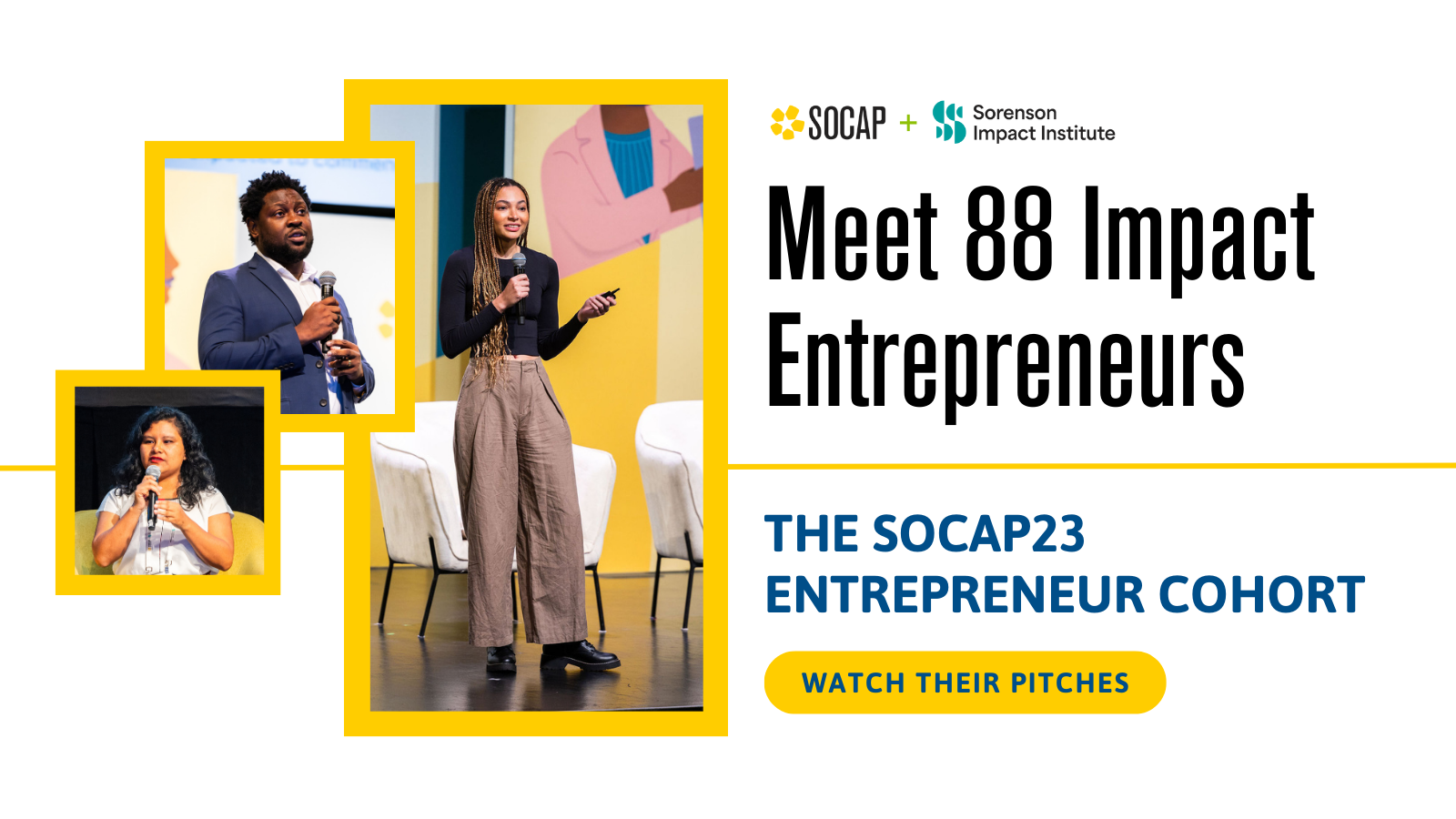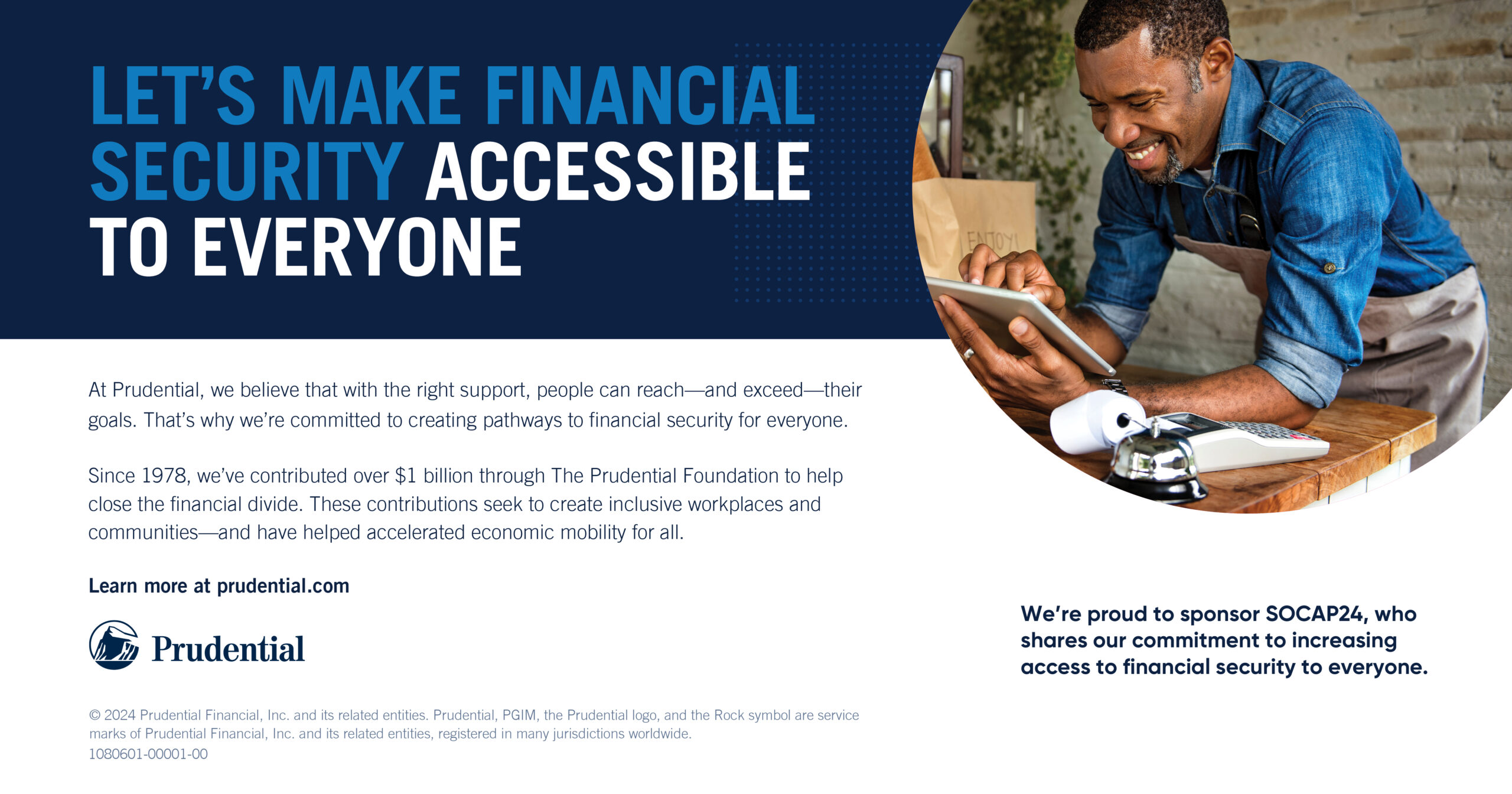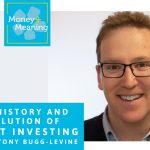Throughout my 11 years as a business founder, I can easily say the thing I’m most proud of is my team’s commitment to our company’s long-term vision, mission, and culture. These three elements formed the bedrock of my business long ago, and we’ve managed to stay true to them throughout our growth, due largely to our adherence to — and faith in — our hiring process.
Hiring people who share our core values and embrace our vision helps us build a strong employee community, which is crucial to business success. However, hiring for fit does not mean hiring for sameness. To build a truly effective team — one that thrives, innovates, and overcomes obstacles — you’re going to need many different personalities with varying collections of life experiences.
So, how do you successfully hire for fit without falling prey to monotony? It starts by hiring in alignment with your people-first values and establishing a clear, disciplined plan for creating an inclusive company culture.
Get your values straight.
Common core values are essential to establishing your company’s higher purpose and, ultimately, to defining its culture — and a culture that’s purpose-driven is key in today’s business world.
Culture used to be a feel-good part of a company that was hard to measure. But in 2003 — and then again in 2014 — Raj Sisodia, David Wolfe, and Jag Sheth released a book titled “Firms of Endearment,” which detailed how world-class companies profit from their purpose and passion-driven approach. It turns out that these firms have outperformed the S&P 500 by a factor of 14 over the past 15 years. And it only took three years for them to see higher profits than what the S&P 500 delivered.
In short, companies that adhere to the principles of conscious capitalism — that is, maintaining a mindful mission and culture, demonstrating conscious leadership, and being dedicated to all stakeholders (employees, community, and customers) — tend to be more attractive to employees. This purpose-driven approach to business is a particularly strong draw for millennials, who currently represent a third of the American workforce.
Your company’s mission and core values help organically develop your culture — and it’s up to you as the leader of that company to instill those values (and live and lead by them). The more earnest your aims, the better your odds of engaging and retaining top talent.
Take it slow.
In today’s fast-paced business environment, the idea of taking a slower, more deliberate approach to the interview process may seem frustrating, but it will pay dividends in the end. In fact, Work Institute’s 2017 Retention Report says it costs employers 33 percent of an employee’s annual salary to hire a replacement if that person leaves. That’s a replacement cost of $15,000 for employees earning a median salary of $45,000.
High turnover can be prevented — and it starts with your hiring process. My company’s approach to securing enthusiastic, dynamic new hires has helped us maintain high employee satisfaction and, as a result, a churn rate of 15 percent or below year after year — well below the industry average. Here’s how we do it:
1. Establish a multi-step interview process.
I am a big believer in a multi-step interview process, because it enables us to discover as much information about each candidate as possible, which helps us make more informed decisions — and vice versa. Often, the hiring process is too one-sided, when in fact it should be a two-way street. You as the hiring manager (along with your team) are not the only ones who are determining if the fit is right; the candidate is also assessing your company, which means a multi-step interview process is just as valuable to him or her as it is to you.
Here’s a window into our process:
- A one-on-one screening interview, which is usually a phone call to gauge a candidate’s interest in the job and review their resume with our in house recruiter;
- An in-person interview with the hiring manager to dive deeper into skill level matching, experience, and culture fit;
- An in-person interview with members of the team with whom the candidate will be working, which is filled with experiential and scenario conversations; and
- For leadership candidates, a final group interview in a social setting — like a coffee shop, a restaurant, or somewhere the team is likely to hang out — which helps break down barriers and get to know the candidate outside of the office walls.
2. Take it to the team.
That group interview step in our process really helps us gauge how a candidate will fit in with the team, which is important because we rely heavily on our colleagues’ input throughout the process. After interviews are complete, I circle back with the team and encourage them to ask themselves the following:
- Does this candidate add value to the team, department, and company?
- Does his/her skillset fill gaps on the team currently and is there potential for growth?
- Am I comfortable with the thought of spending five days a week with this person?
- Can we communicate effectively?
- Do his or her values match up with the company’s?
Just as you listened deeply to the candidate during the interview process, do the same with your team. Your main goal is to continue adding exceptional team members whom your current employees are jazzed about. This, in turn, allows you to generate greater buy-in from your team, double-down on your company’s people-first approach to business, and ensure your customers are well taken care of. After all, your employees will be the ones interacting with those customers the most.
3. Foster cognitive diversity.
Regardless of which position you’re hiring for — and which stage of growth your company is in — one aspect of your hiring process should remain the same: the focus on fostering cognitive diversity. Too often, when we try to hire like-minded people, we end up hiring people who think exactly the same as we do. But, that doesn’t enable us to see things from enough angles to be truly magnificent. On the flipside, sometimes we enter the recruiting process targeting a specific type of diversity — like gender or race. And while that’s certainly important, too, it will not on its own guarantee success.
Instead, hiring for cognitive diversity should organically help you address all aspects of diversity. So, I encourage you to intentionally seek candidates who come from all schools of thought — who have different backgrounds and perspectives on the world they can share with others. If everyone brings the same stuff — because they, say, attended the same three colleges, have similar upbringings, and even similar views of the world — you’ll only get more of the same. And that’s not going to advance your team — or your business — the way you want.
Our leadership team is a great example of this. We’ve been intentional in filling it with a balanced mix of personality types, genders, races, interests, education, and geographic regions. Not only has this helped fuel the company’s originality and innovative spirit, but it has also been essential to our decision-making process, helping us identify the best solutions without succumbing to our individual biases.
The bottom line is that your people are — and will always be — your company’s greatest asset. Although you may helm the ship, your employees are the ones who will ensure you reach your destination. So, take the time to establish a defined, collaborative hiring process, using your core values and culture as your guides. Your team and company will benefit greatly.







